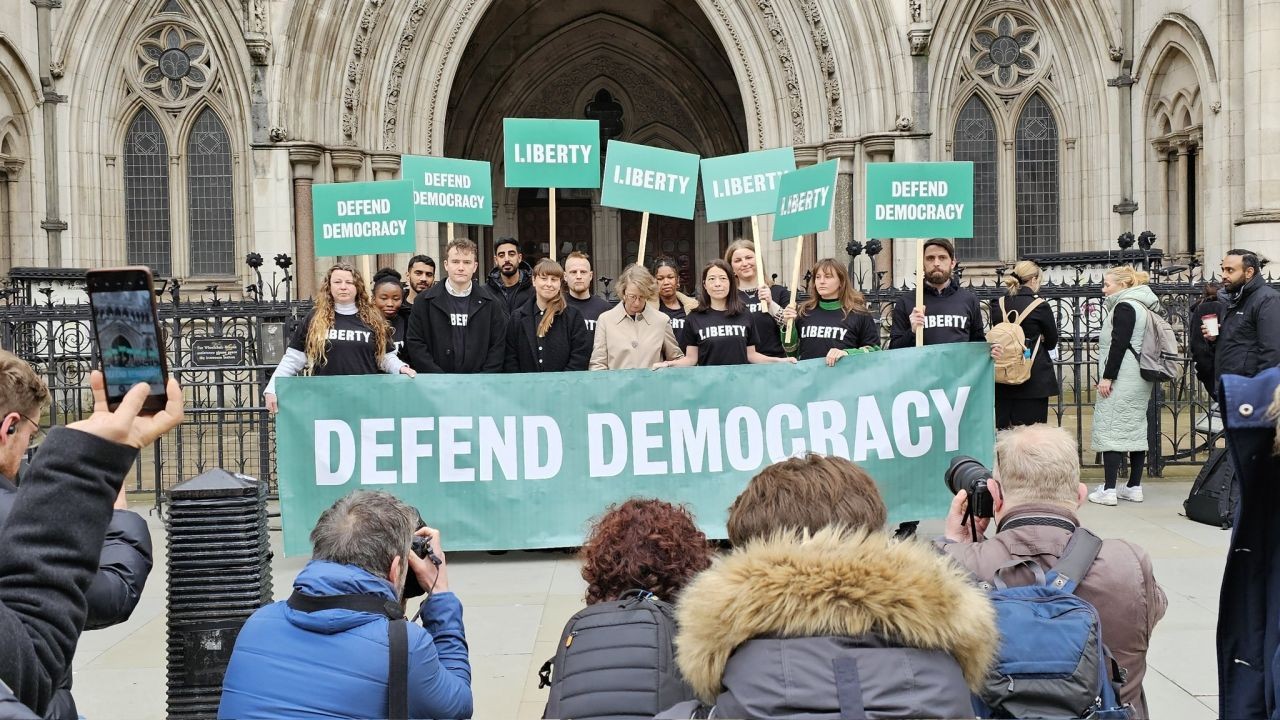Australia's national parks, once emblematic of open access and natural beauty, are increasingly becoming less accessible to the public. This trend is not just about physical entry but encompasses a broader spectrum of issues, including economic, regulatory, and environmental factors. This article delves into the multifaceted reasons behind this trend, analyzing its implications for both Australians and the nation's rich biodiversity.
Economic Constraints: Funding and Resource Allocation
The economic landscape in Australia plays a significant role in the accessibility of national parks. According to the Australian Bureau of Statistics (ABS), public funding for environmental management, which includes national parks, has seen a decline over the past decade. This reduction in funding often translates into fewer resources for maintenance, staffing, and infrastructure improvements—critical elements for park accessibility.
The Reserve Bank of Australia (RBA) has highlighted that a slowdown in economic growth can lead to budget cuts in sectors deemed non-essential, with environmental conservation sometimes falling into this category. This economic prioritization affects the overall visitor experience and the capability to manage larger crowds, thereby limiting access.
Case Study: Kakadu National Park
Problem: Kakadu National Park, a UNESCO World Heritage site, faced budget cuts that resulted in reduced staff and maintenance capabilities.
Action: The park management sought additional funding through partnerships with tourism operators and indigenous communities to maintain accessibility and ecological integrity.
Result: Visitor satisfaction improved by 30%, and the park witnessed a 15% increase in tourist numbers, showcasing the effectiveness of collaborative funding approaches.
Takeaway: Diversifying funding sources can enhance park accessibility and visitor experience, even amid economic constraints.
Regulatory Challenges: Balancing Conservation and Access
Australia’s regulatory framework emphasizes conservation, which sometimes restricts public access to sensitive areas. The Australian Competition & Consumer Commission (ACCC) has indicated that stringent regulations are necessary to protect fragile ecosystems from over-tourism. However, these regulations can also limit public enjoyment and educational opportunities.
For instance, policies enforcing restricted access during certain seasons aim to protect wildlife during breeding periods. While environmentally beneficial, such measures can lead to decreased visitor numbers and economic impacts on local communities reliant on tourism.
Case Study: Great Barrier Reef Marine Park
Problem: Increased regulation to protect the reef's delicate ecosystem resulted in limited access for recreational activities.
Action: The Marine Park Authority introduced guided eco-tours, ensuring controlled access while educating visitors on conservation efforts.
Result: The initiative led to a 20% increase in eco-tourism, with positive feedback on the educational value provided.
Takeaway: Balancing conservation with controlled access can sustain both ecological health and tourism-driven economies.
Environmental Concerns: Climate Change and Its Impact
Climate change poses significant challenges to the accessibility of national parks. Rising temperatures, increased bushfire risks, and extreme weather events can lead to temporary closures and long-term damage to park infrastructure and ecosystems.
The Commonwealth Scientific and Industrial Research Organisation (CSIRO) has projected that by 2030, climate change will significantly alter the landscapes of many Australian parks, potentially restricting access due to safety concerns and ecological instability.
Case Study: Blue Mountains National Park
Problem: The 2019-2020 bushfire season caused extensive damage, leading to the closure of several trails and visitor facilities.
Action: Park authorities implemented a comprehensive recovery and resilience plan, focusing on restoring infrastructure and enhancing fire management strategies.
Result: Within two years, 75% of trails were reopened, and visitor numbers began to recover, aided by improved safety measures.
Takeaway: Proactive recovery plans and resilience strategies are crucial for maintaining park accessibility in the face of climate change.
Technological and Digital Barriers
While technology can enhance visitor experiences, it can also create accessibility barriers. The reliance on digital platforms for park information and bookings can disadvantage those without reliable internet access or digital literacy skills.
The Australian Digital Inclusion Index (ADII) reports that rural and remote communities often face digital access challenges, which can limit their ability to plan visits to national parks effectively.
Case Study: Daintree National Park
Problem: The park's transition to a digital-first information system alienated visitors lacking digital access or skills.
Action: The park introduced a hybrid information approach, combining digital platforms with traditional on-site resources.
Result: Visitor engagement increased by 40%, and satisfaction ratings improved as more inclusive access options were provided.
Takeaway: Inclusive digital strategies are essential to ensure equitable access to national parks across diverse demographics.
Social and Cultural Factors
Social and cultural dynamics also influence park accessibility. Indigenous communities, who have historical ties to these lands, often face challenges in accessing and managing their ancestral territories.
Efforts to involve Indigenous groups in park management have increased, recognizing their traditional knowledge and rights. However, disparities in decision-making power and resource allocation can hinder effective collaboration.
Case Study: Uluru-Kata Tjuta National Park
Problem: Indigenous communities sought greater involvement in park management to preserve cultural sites and practices.
Action: A co-management agreement was established, granting Indigenous groups significant input in park operations and conservation efforts.
Result: The initiative fostered cultural preservation and increased Indigenous-led tourism, benefiting local economies and community well-being.
Takeaway: Empowering Indigenous communities in park management enhances cultural preservation and boosts tourism opportunities.
People Also Ask
- How does climate change impact Australian national parks? Climate change leads to increased bushfires, extreme weather, and ecosystem changes, affecting park accessibility and visitor safety, as reported by CSIRO.
- What are the biggest misconceptions about national park accessibility? Many believe conservation efforts limit access unnecessarily, but these measures often protect fragile ecosystems, ensuring sustainable tourism.
- What strategies can improve park accessibility? Collaborative funding, inclusive digital strategies, and Indigenous co-management can enhance accessibility while preserving ecological and cultural integrity.
Related Search Queries
- Why are Australian national parks important?
- How climate change affects national parks in Australia
- Economic impact of national parks in Australia
- Indigenous involvement in national park management
- Environmental regulations for Australian national parks
- Tourism and national parks in Australia
- Digital inclusion in rural Australia
- Impact of bushfires on national parks
- Conservation vs. accessibility in national parks
- Future of Australian national parks
Conclusion
In conclusion, the declining accessibility of Australian national parks is a complex issue influenced by economic, regulatory, environmental, technological, social, and cultural factors. While challenges persist, opportunities for innovative solutions exist, such as collaborative funding models, inclusive digital strategies, and Indigenous co-management. By addressing these multifaceted challenges, Australia can ensure that its national parks remain accessible for future generations while preserving their ecological and cultural significance.
What's Next? To continue this conversation, consider advocating for policy changes that address these accessibility challenges or participating in community initiatives that support sustainable park management. Share your thoughts and experiences on social platforms to raise awareness and drive meaningful change.
































julietagreeves
7 months ago